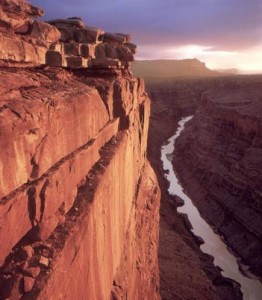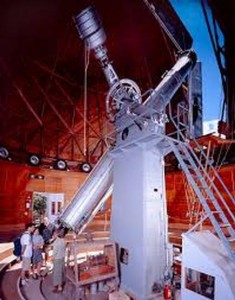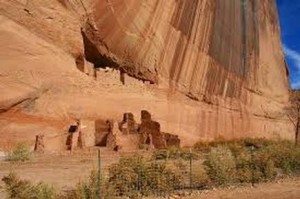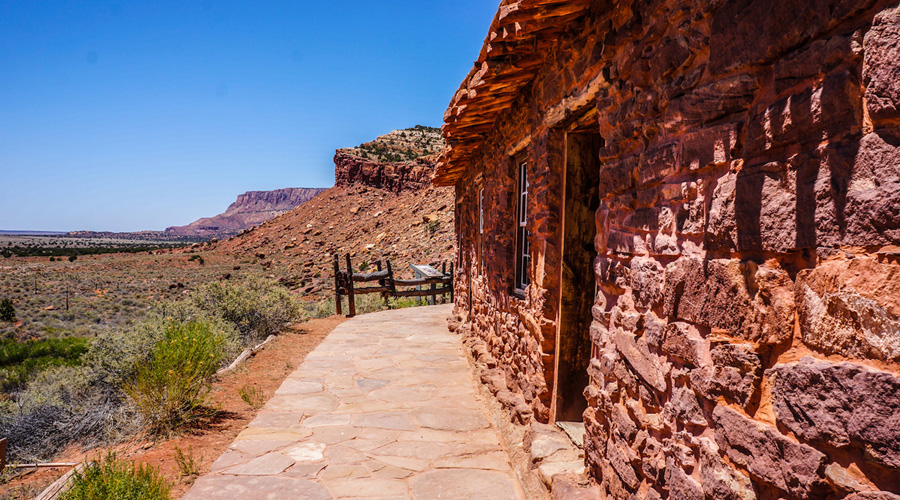Fredonia-Vermillion Cliffs Scenic Road
This is the perfect trip for those who just to break away and go for a nice, long drive. This road traverses 82 miles along SR 89A between mileposts 525 and 607.
The Vermilion Cliffs highways is a project involving a partnership of 40 public and private entities providing a combination of 21 interpretive sites or scenic overlooks along 277 miles of state highways in northern Arizona and southern Utah.
The Vermilion Cliffs highways traverse some of the most scenic landforms in the West.
This scenic road is the gateway to the Colorado River in Marble Canyon and to the North Rim of the Grand Canyon. Heading north on this road from Bitter Springs on the Navajo Nation, travelers can stop at the Navajo Bridge.
Pipe Springs National monument is a historic Mormon settlement travelers can find along the way. Living history here depicts how an early Mormon settlement looked and worked in the 1800s.
Travelers will also pass through the town of Fredonia, Arizona, a town of less than one thousand residents.
The Grand Staircase- Escalante National Monument, a series of multi-colored cliffs can be seen rising to elevations of over 11,000 feet above the sea level.
Travelers will be encompassed with changing scenery with every mile they travel down this scenic road.



